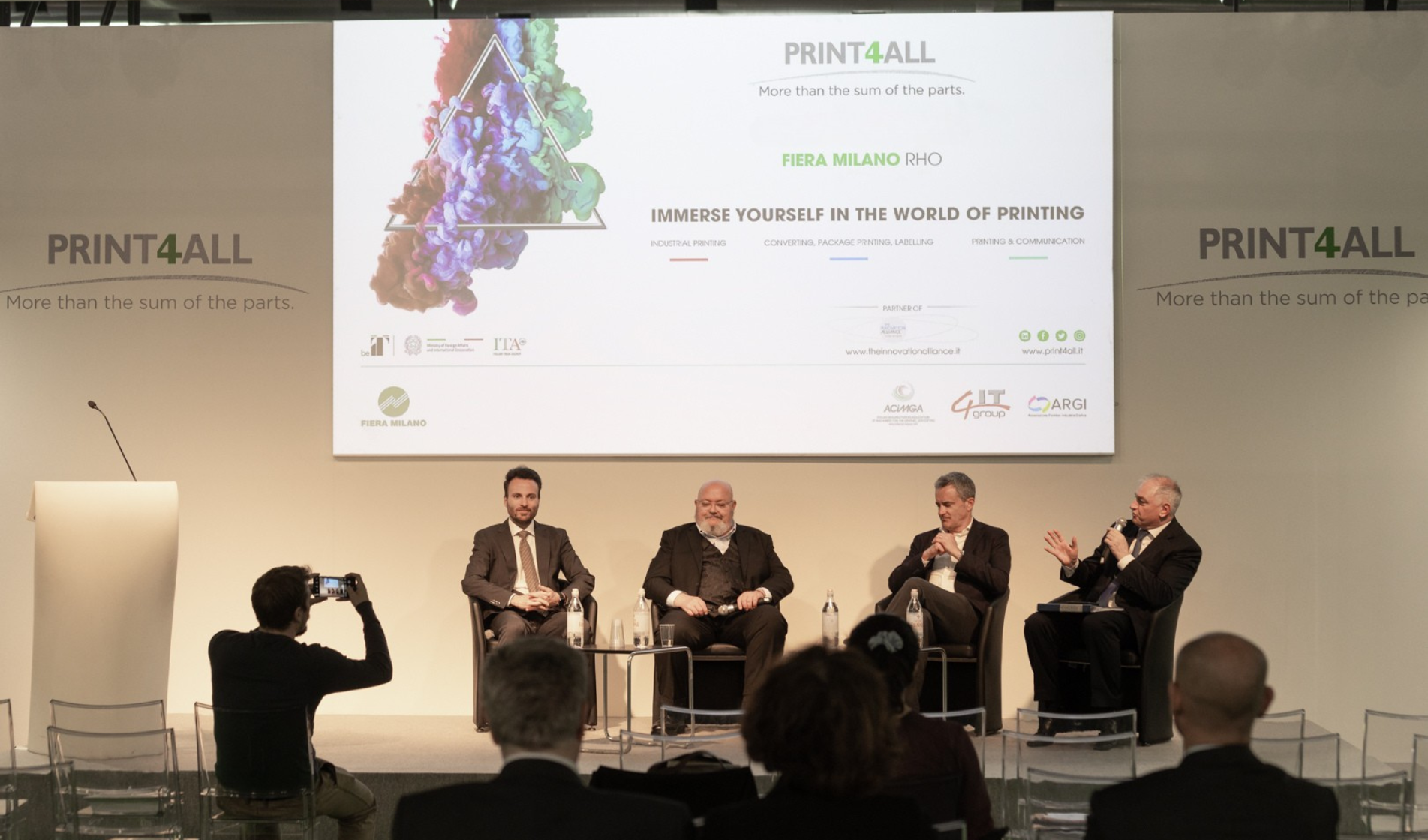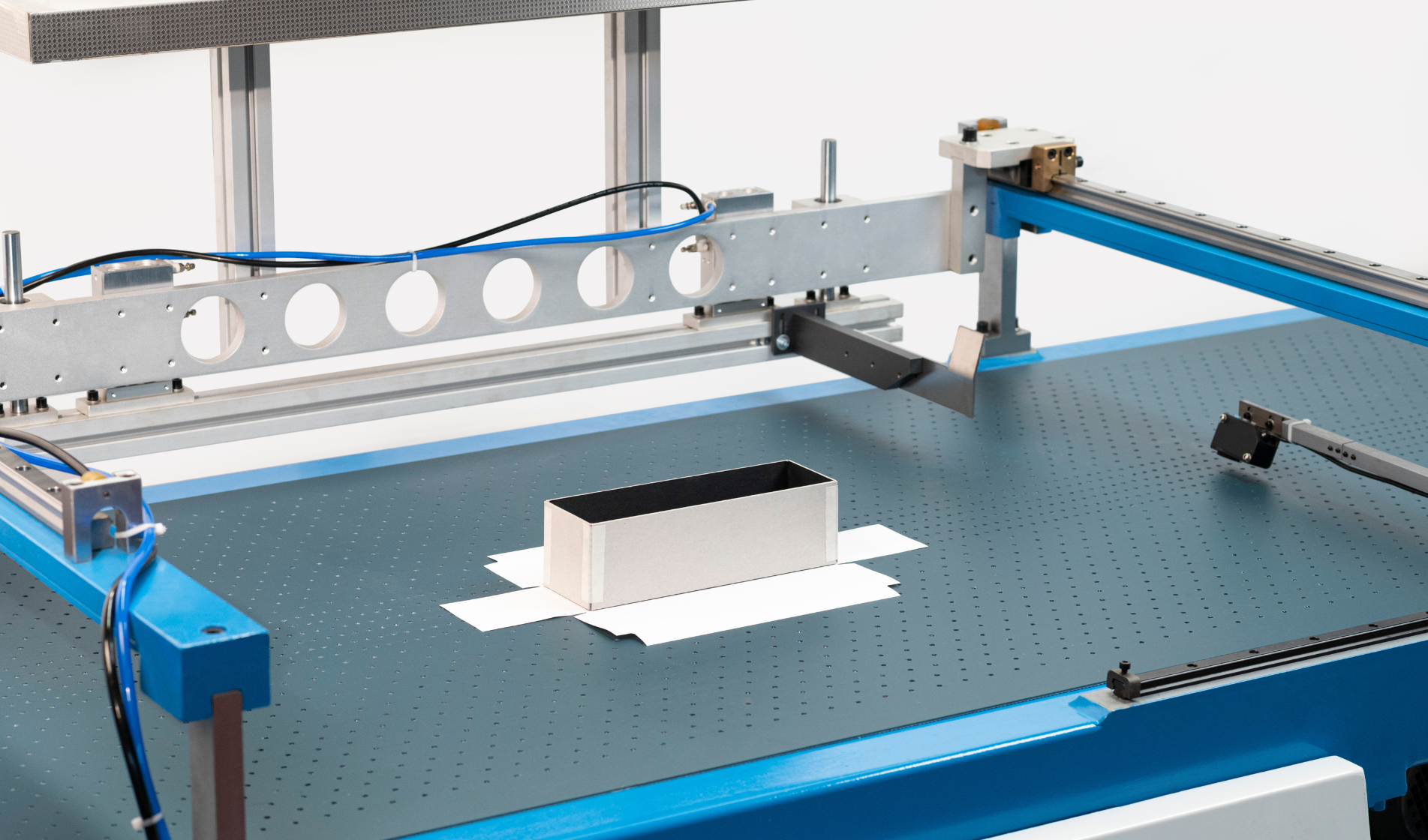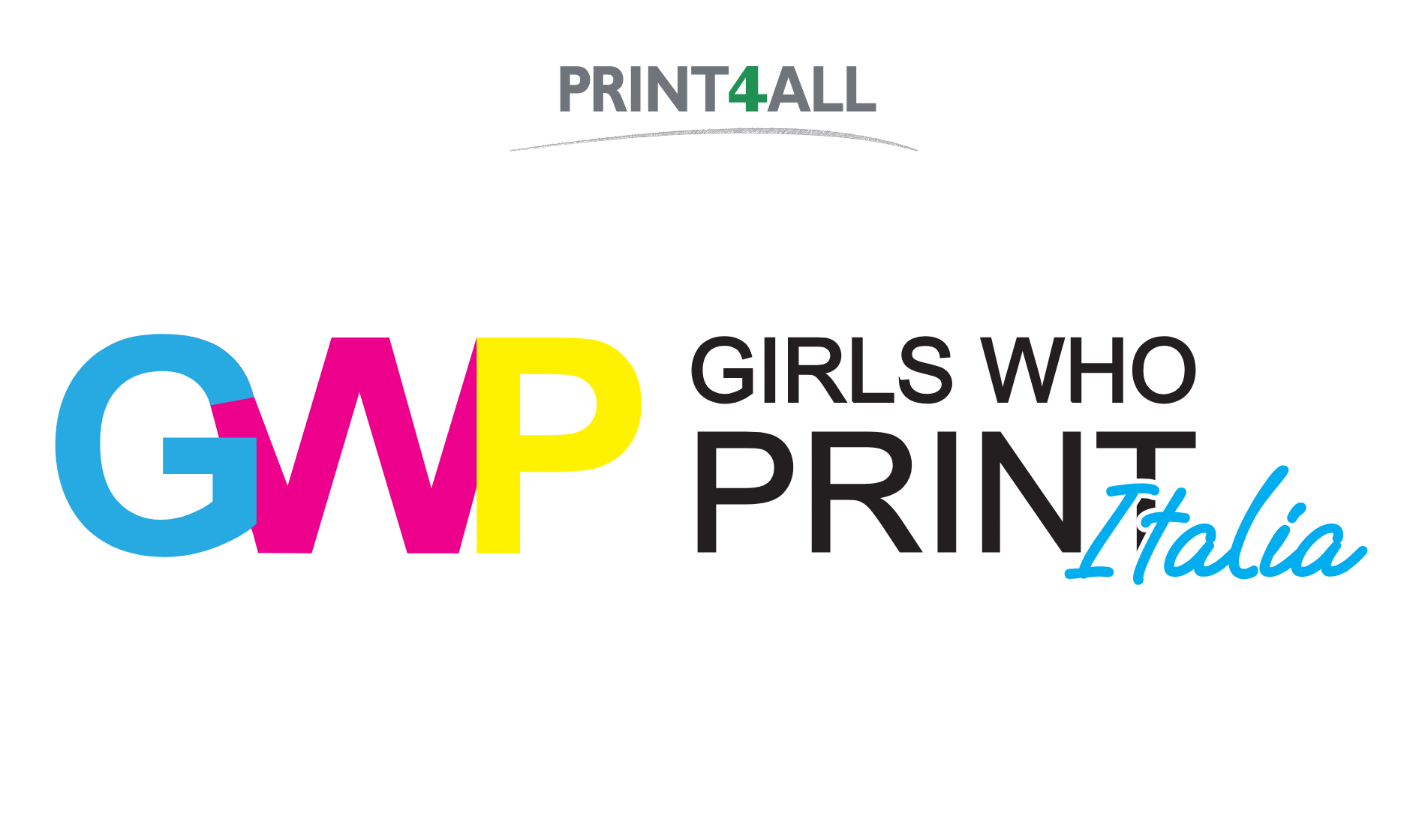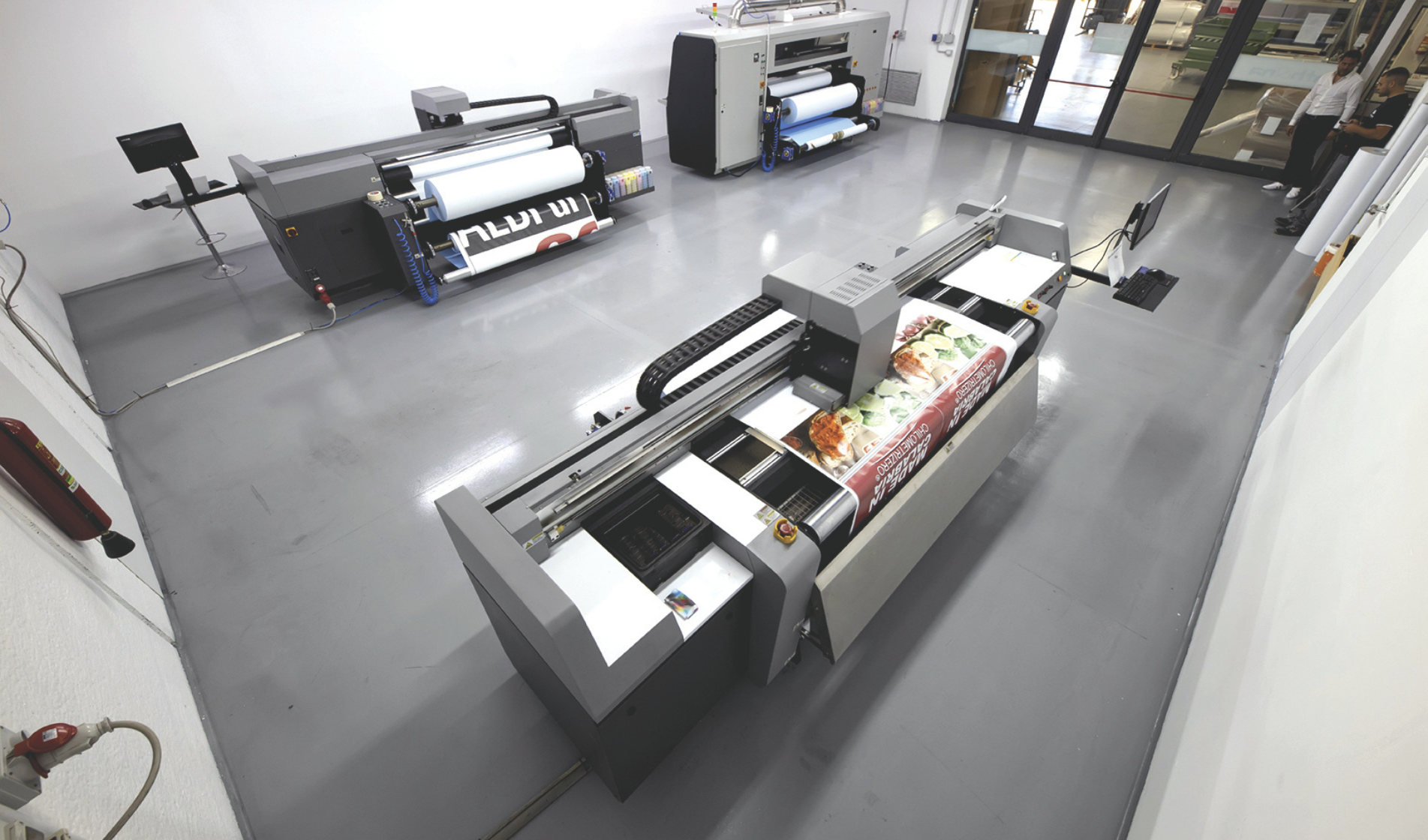The main objective was trying not to stop production and push towards diversification that often translated into reconversion, with the production of face masks and gloves, Plexiglas barriers, new health and safety signage and personal protection device containers, but even 3D printed valves for medical systems, instruments and field equipment.
Companies in all sectors demonstrated their great ability to adapt to change, but it is undeniable that printers in the wide format, industrial printing and textile areas were certainly among those who suffered most, as a result of the shutdown of the outlet markets (fewer events, less point-of-sale communication, non-existent out-of-home and fashion markets, etc.).
The operators who pushed for diversification were rewarded.
Recalibrating and/or changing their products was the first actions taken during the lockdown by many large format printers. The challenge for them is now to be able to turn this temporary business into a new production capacity that can be added to the portfolio after the emergency.
Future trends
What will be the impact of the COVID-19 crisis on the specialist graphics industry?
Some of the trends that emerged during the health emergency appear to be projected into the near future.
For example, smart working, adopted by the vast majority of printing and technology production companies, seems to continue to be a preferred solution, especially for printer supplier multinationals. This trend will be worth following up in future editions of this newsletter.
Another emerging trend is the acceleration of automation and digitisation processes. Already underway thanks to Industry 4.0 funding, the digitisation of relationships between links in the value chain will be increasingly crucial to business, especially in the logistics segment, in the future.
Just-in-time delivery is increasingly emerging as a commodity for customers and this expectation can only be met with smooth automation processes, such as the push by printers towards implementing e-commerce solutions. The increase in online sales was one of the strategies adopted to react to the situation of falling revenues caused by the pandemic.







